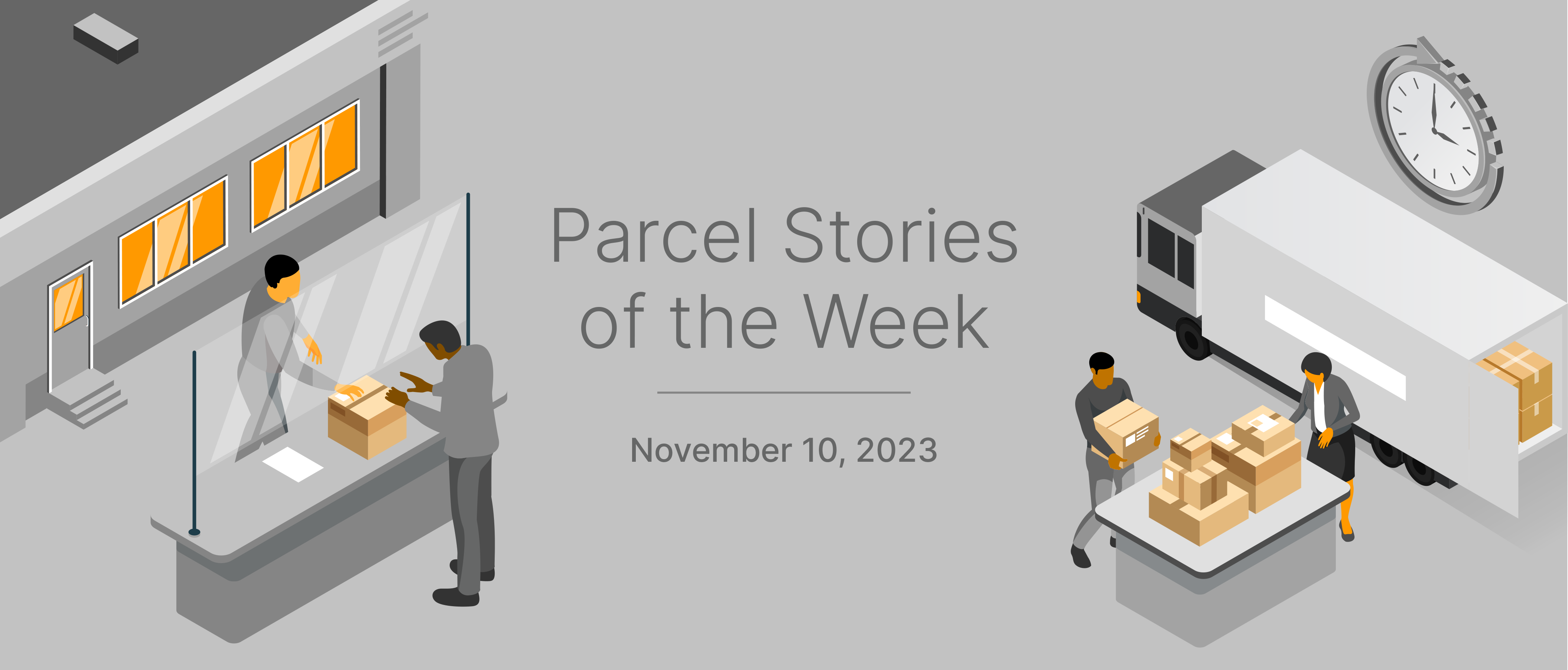This week in parcel, FedEx and UPS use AI to improve operations, retailers are turning away from free returns, and we look at Section 321.
FedEx and UPS turn to AI machine learning to improve operations
FedEx launched a machine-learning model that produces more accurate customer delivery time estimates.
The carrier has used machine learning for a few years now to improve estimates, and the learning models have only gotten better, according to CEO Raj Subramaniam.
Machine-learning AI models can factor in weather patterns and traffic conditions to produce more precise and accurate delivery times. FedEx is also using machine learning to predict estimated carbon emissions for customers.
UPS has also tapped into machine learning. Recently, the carrier used machine learning to adjust the flow of packages to respond to shrinking demand.
Our take: It’s still unknown how much of an impact AI and machine learning will have on supply chains in the future, and the marketing-speak is hard to separate from the real news sometimes. But in the short term, better service performance from FedEx would be a good thing, and could signal the full return of service guarantees, which is a win-win for shippers.
Read more here.
Free returns are vanishing
Retailers are ditching free returns. Once a staple in online shopping, free returns has derailed shippers’ bottom lines, costing them more than $800 billion as returns have increased over the past three years.
Return rates have jumped from 10.6% in 2020 to 16.5% in 2022. Processing returns can cost retailers roughly a third of the price of a product.
Customers have taken advantage of the free return option, with over 60% ordering multiple sizes or versions and returning the one (or ones) they don’t want.
Now, over 40% of retailers charge customers for returns, including H&M, Zara, and even Amazon.
Our take: Online retailers should begin preparing for the annual peak return season. A smooth and cost-efficient reverse logistics operation should be a priority. Don’t underestimate how much returns impact the customer experience when buying online.
Read more here.
Section 321 and small shipments
There are an estimated two million shipments per day classified under de minimis imports, also known as Section 321 Shipments.
Currently, de minimis imports are exempt from the formal importation entry process, including taxes. However, there is debate about whether the $800 threshold is too high, and whether it should be reduced.
Of course, not every package valued under the $800 threshold is eligible for the de minimis exemption. If the U.S. Customs and Border Protection believes a shipment is being shipped separately but is actually part of a larger order, it can deny Section 321 benefits.
Our take: If you are a retailer importing goods to be sold, you should be aware of how Section 321 and de minimis imports can be of benefit. There could be a lot of savings opportunities.
Learn more here.


